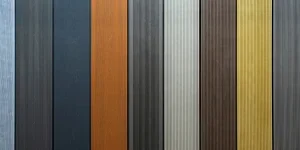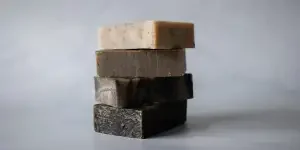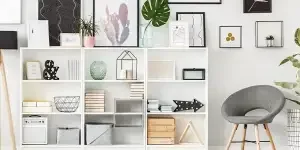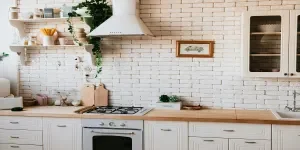The building materials market is evolving yearly, and people renovating their homes and outdoor spaces are constantly looking for sustainable, versatile, and resistant solutions. When it comes to outdoor spaces, like decks, patios, and even wall cladding, among the most promising alternatives to traditional materials are WPC sheets: an innovative compound that combines the aesthetic qualities of wood with the functionality of plastic.
Over the last few years, this product has gained popularity among final consumers and professionals, like architects, designers, and developers, who chose WPC for its aesthetic, versatility, and durability.
The WPC sheet represents an interesting business opportunity for retailers and resellers, especially in the growing demand for ecological and low-maintenance solutions.
Table of Contents
What is WPC
WPC sheets: What you should know
Advantages of WPC sheets
Disadvantages and limitations
Technical characteristics of WPC sheets
Available formats
Common uses of WPC sheets
Final thoughts
What is WPC
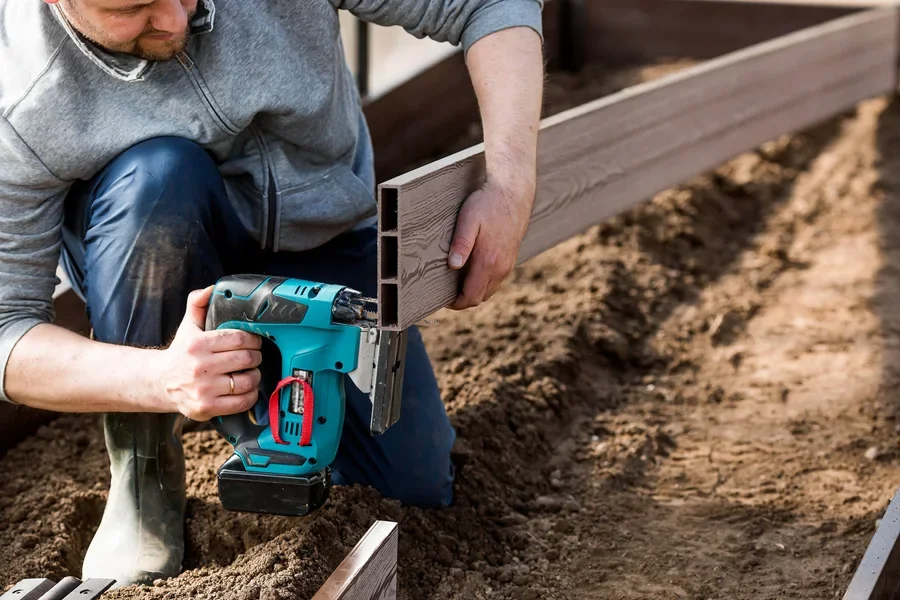
WPC stands for wood plastic composite, and is a composite material made of natural wood fibers (such as sawdust or bamboo powder, or any other wood) mixed with recycled plastic polymers (usually, polyvinyl chloride, also called PVC, polyethylene, or polypropylene). The production process takes place through hot extrusion, which allows manufacturers to obtain WPC boards and elements of various shapes and sizes, which are ideal for use in outdoor environments.
Combining the two materials ensures that WPC has a balance between aesthetics and performance: the appearance recalls natural wood, while the plastic component gives the product a considerably lighter weight and resistance to atmospheric agents, humidity, and wear. A WPC sheet looks like wood, but it doesn’t absorb water, and insects cannot eat it.
According to a report by Mordor Intelligence, the global market for wood-plastic composites is expected to grow significantly. In 2025, it is estimated at USD 8.91 billion and is expected to reach USD 13.45 billion by 2030, with a compound annual growth rate (CAGR) of 8.60%.
WPC sheets: What you should know
WPC sheets are one of the most reliable and practical solutions for various applications, like creating outdoor flooring, cladding, and outdoor furniture.
The sleek, smooth surface of the sheets, various density and thickness options, resistance, and sustainability make this product particularly attractive to retailers who want to diversify their offering and propose materials in line with market trends.
Advantages of WPC sheets
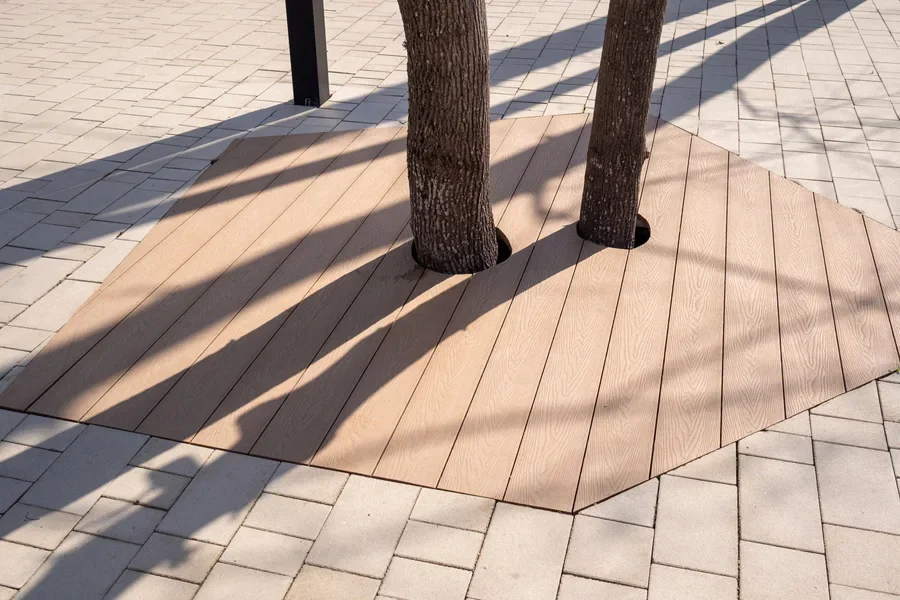
One of the main reasons WPC is spreading so rapidly is its functional advantages compared to traditional wood, for example. First of all, its resistance to atmospheric agents is superior to that of natural wood: WPC sheets do not absorb moisture, do not rot, and are not subject to attacks by fungi, mold, or wood-eating insects.
Furthermore, WPC does not require periodic treatment such as painting or impregnation. This makes it an ideal option for those looking for a “fit and forget” solution, with extremely low maintenance costs. The aesthetic appeal also plays a key role: thanks to the presence of wood powder, modern WPC panels faithfully imitate wood, but are available in a wider range of color options, textures, and sizes, allowing for complete project customization.
For retailers, this means offering a premium product suitable for customers and professionals attentive to design, functionality, and durability.
Disadvantages and limitations
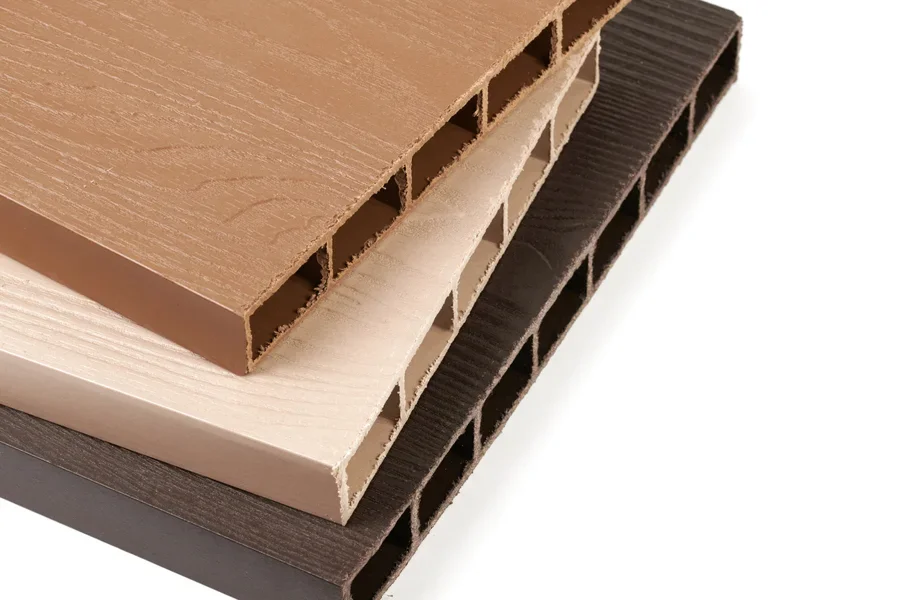
Despite the many benefits, those who resell WPC must also be aware of its limitations. The first obstacle is the initial cost: WPC sheets, in fact, are durable but have a higher purchase price than some alternatives such as treated softwood, particleboard board or outdoor plastic.
WPC foam boards for flooring and cladding materials are also susceptible to temperature changes: they experience expansion and contraction due to the thermal properties of their constituent materials.
Another aspect to consider is the look and feel: although aesthetically similar to wood, WPC can appear slightly “colder” or artificial, especially in the cheaper versions or those without a surface coating.
Finally, from an environmental point of view, even if many WPCs are considered eco-friendly and produced with recycled materials, their recyclability at the end of their life is not always guaranteed, especially when they are PVC-based composites or with additives that are difficult to separate.
Technical characteristics of WPC sheets
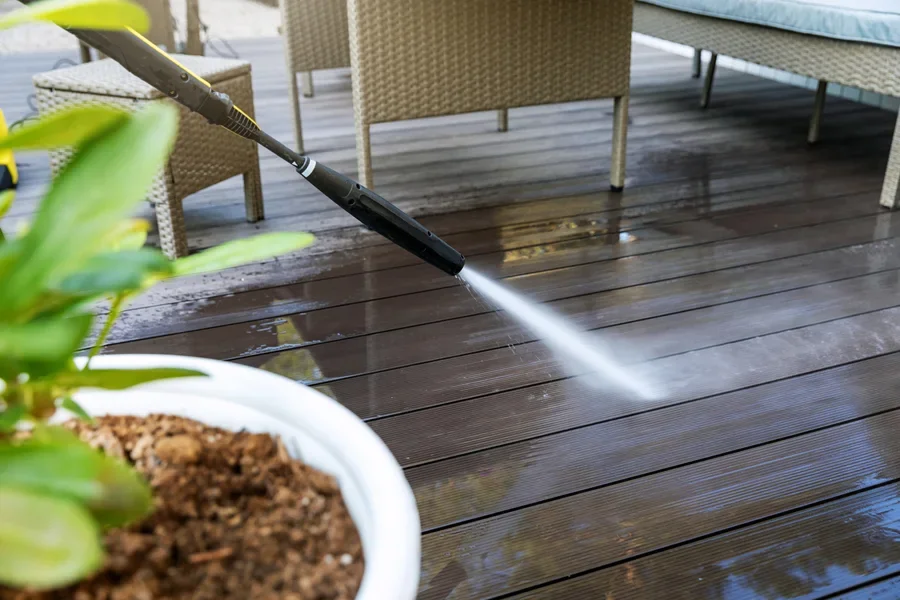
From a technical point of view, WPC sheets are designed to offer high performance in outdoor contexts. The characteristics may vary slightly depending on the composition and the manufacturer, but generally include:
• High mechanical resistance: They support heavy loads, impacts, and thermal stresses.
• Non-slip surface: Ideal for humid environments such as pool edges or rainy areas.
• Ease of processing: WPC can be cut, drilled, or milled with standard wood tools.
• Fire resistance: Many products comply with US and European regulations.
Available formats
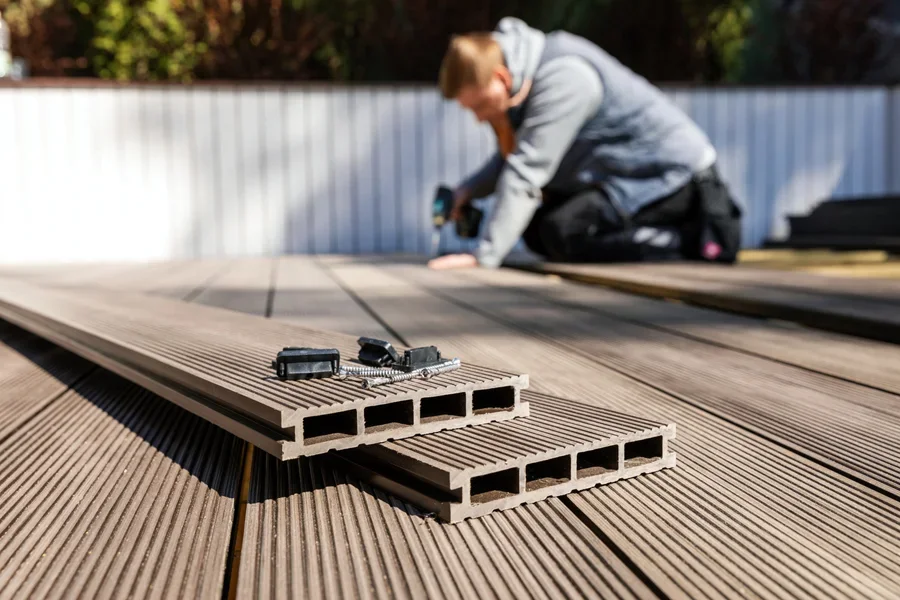
WPC sheets are sold in different formats and finishes to adapt to the needs of the most diverse projects.
The most common formats include decking boards, usually longer and thicker, and available in solid or honeycomb versions, lighter cladding panels that can be used for walls or fences, with grooved or smooth profiles, and modular tiles, with quick interlocking joints for floating installation on existing surfaces.
Some manufacturers also offer the possibility of customizing the surface finish (embossed, brushed, rustic wood effect) or the color (from classic teak and walnut to gray, anthracite, sand, and much more).
Common uses of WPC sheets
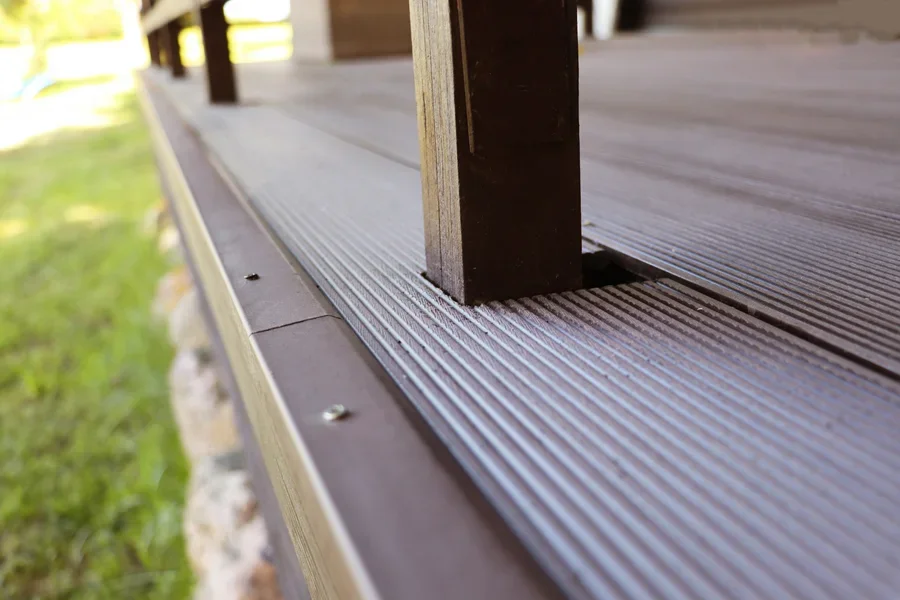
The most common application of WPC remains outdoor decking on terraces, pool edges, walkways, or porches. Thanks to its stability and slip resistance, this material is also an ideal solution for hotels, accommodation facilities, and public places with outdoor areas.
Another rapidly expanding application is that of facade cladding. WPC panels are a modern and efficient choice for creating solar shading, improving the aesthetics of buildings, or protecting walls from the elements.
Sometimes, WPC can also appear in doors, frames, and even kitchen elements, furniture, and flower boxes.
Final thoughts
WPC sheets represent a strategic investment for retailers who want to expand their range with innovative products. They offer a winning combination of durability, design, and respect for the environment, in line with the increasingly demanding expectations of end customers.
In a market increasingly oriented towards sustainability, versatility, and quality, offering WPC sheets to your customers means positioning yourself as a competent supplier.
